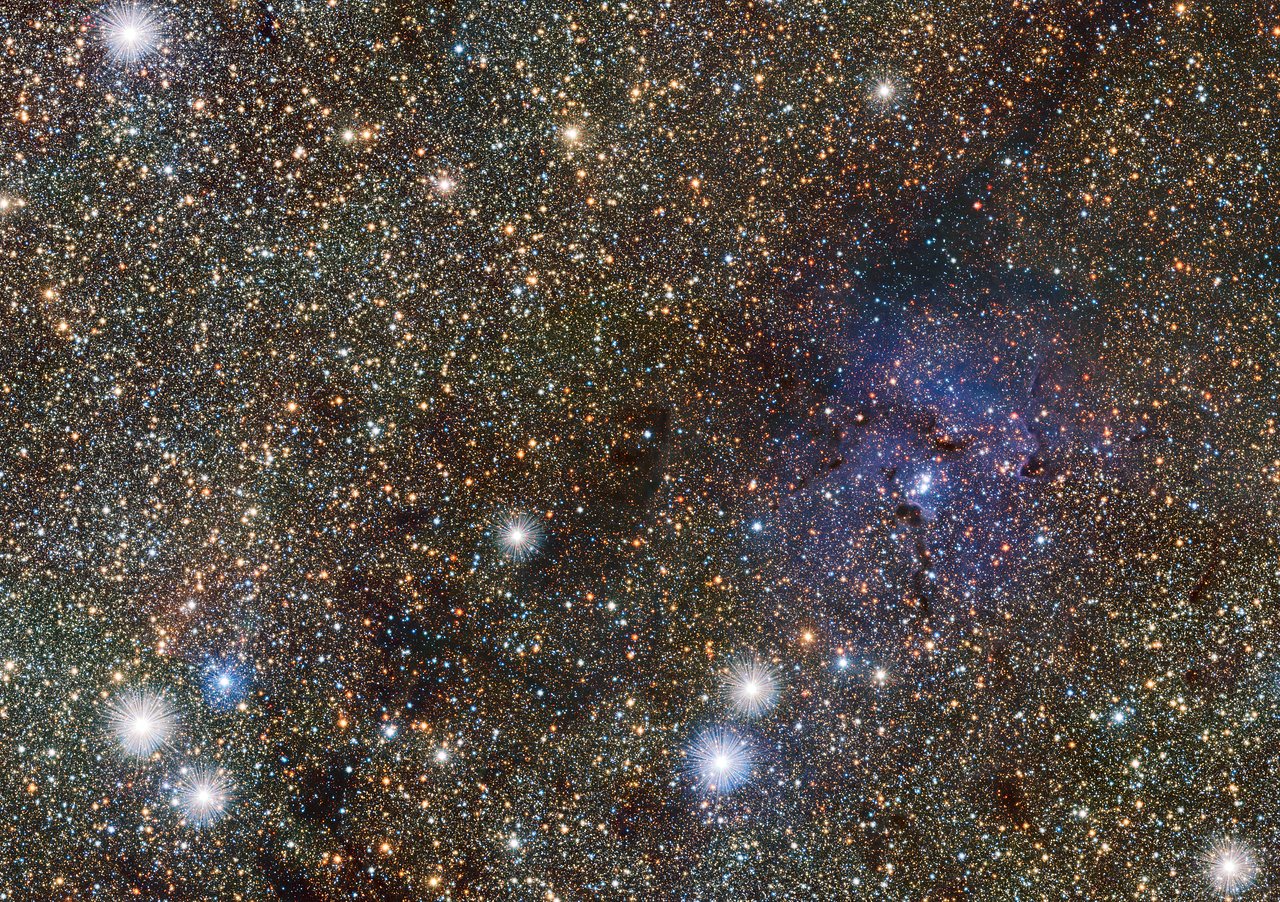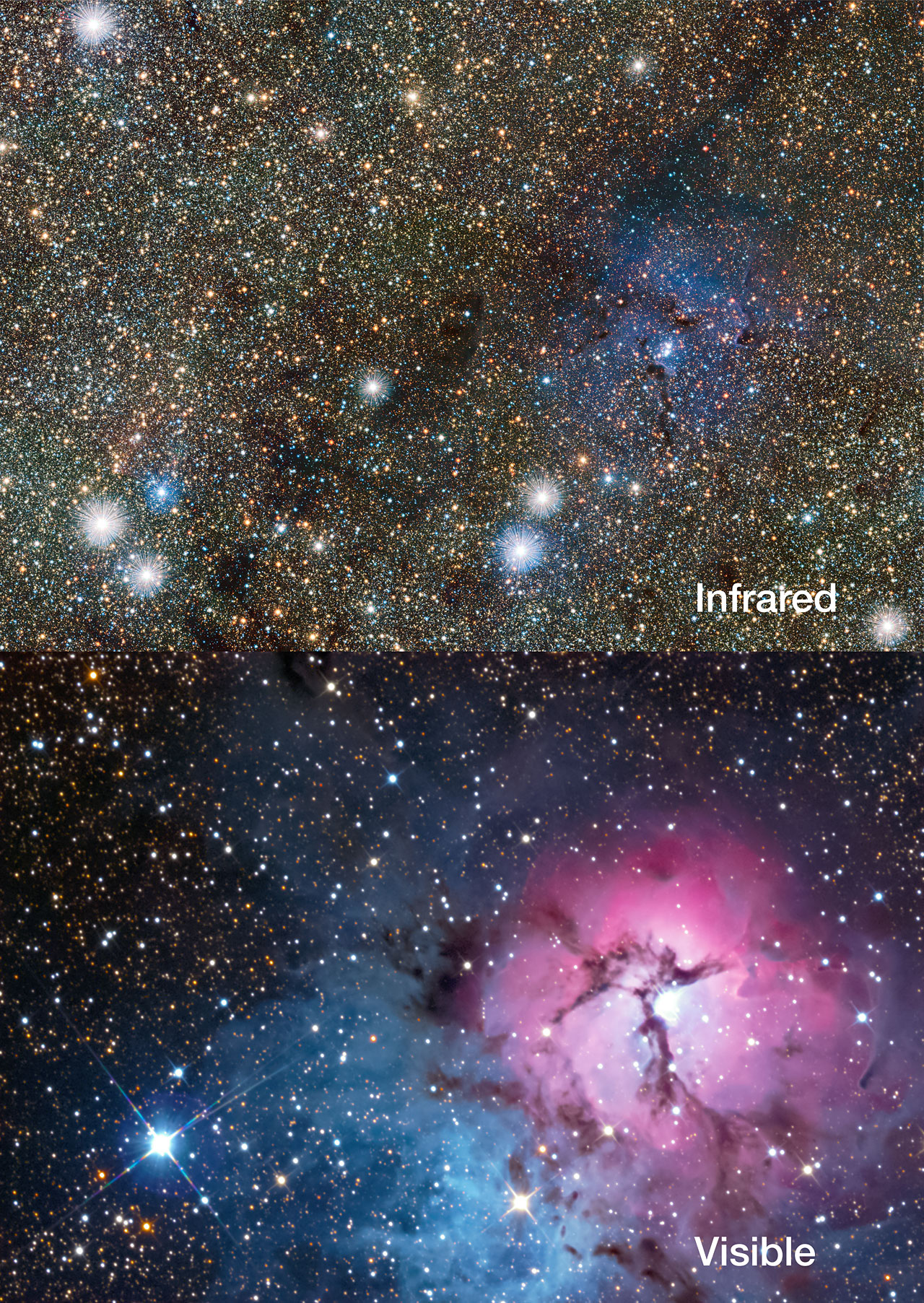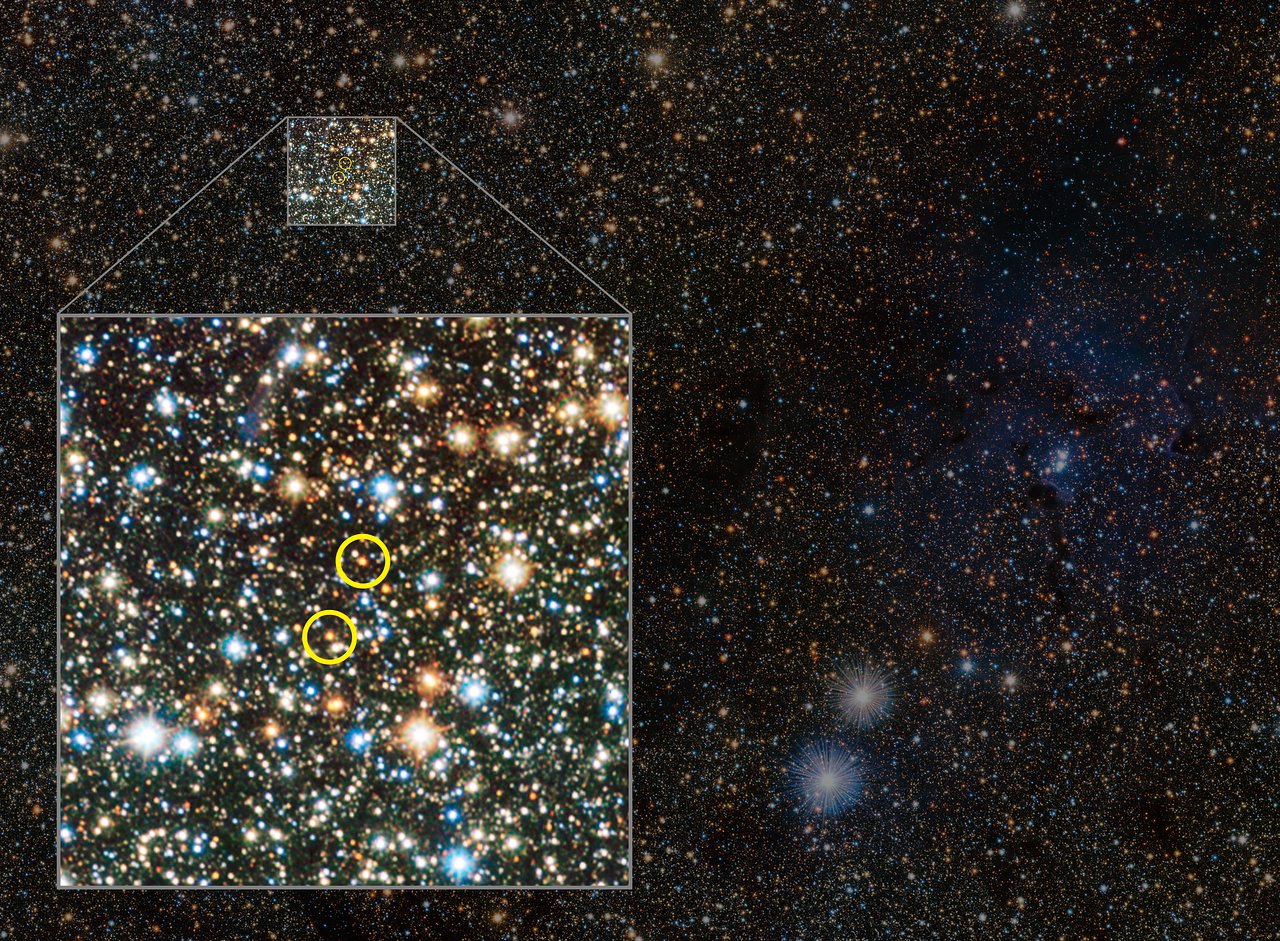Today I found a few nice images that I wanted to talk about, and each one revealed something different about the object that was being imaged. I thought it would be a good chance to show everyone how astronomy is really the study of patterns of light, speaking from a minimalist perspective. We learn literally everything about the Universe beyond the solar system from the photons we see. From photons we can deduce the mass, distance, density, composition, behaviour, formation, and evolution of the cosmos. Pretty stellar! (pun intended) Here are some recent images and what we learn from them.
1. Planetary Nebula NGC 3242 “Jupiter’s Ghost”

Jupiter’s Ghost is a planetary nebula located 1,400 light years away in the constellation Hydra. First discovered in 1785 by William Hershel, the above image shows a composite of X-Ray and optical images that were taken with ESA’s XMM-Newton telescope and NASA’s Hubble Space telescope. Newton Data is blue and Hubble is green and red.
What it tells us: The image composite shows how stellar winds from the central white dwarf star are shaping the nebula. The blue glow represents 2 million degree gas emitting X-rays due to shocks from the stellar winds. The green glow is cooler gas seen at visible wavelengths and is the result of oxygen emissions. the red flame shaped emissions are cooler gas seen in visible wavelengths from the emission of Nitrogen.
2. Peculiar Galaxy Arp 230

Arp 230, a.k.a. IC 51, is 80 Million light-years away in the constellation Cetus. It has the mass of nearly 9 billion suns and is viewed here in infrared and optical wavelengths by Hubble.
What it tells us: With no nearby neighbours, this peculiar Galaxy is thought to be a head on collision and merger of two spiral galaxies over 100 Million years ago. The collision triggered a burst of star formation which is now slowly ending. Its appearance suggests that it is slowly becoming an elliptical galaxy, providing evidence that elliptical galaxies are the result of mergers.
3. Trifid Nebula See-Through in Infrared

The European Space Agency (ESA) used its Visible and Infrared Survey Telescope for Astronomy (VISTA) to photograph the well-known Trifid Nebula in the constellation Sagittarius, about 5200 light years away, in a direction near the centre of the Galaxy.
What it tells us: Using infrared light gives us the opportunity to look directly through the gas of the nebula and see the distant stars beyond that lie close to the galactic centre. In this image, two new Cepheid variable stars were discovered. Cepheids are variable stars that act as a standard candle for astronomers to calculate distances. The two discovered are on the opposite side of the Galaxy but close to the central plane. Below is a comparison of the image in both infrared and visible light. The bottom image shows the new Cepheid variable stars.


This is why we always want to build a better telescope with better resolution and better image quality in a different wavelength. There is still so much to learn about the Universe, and there is no other field like astronomy where incredible discoveries are being made every day by looking at light in different ways.
